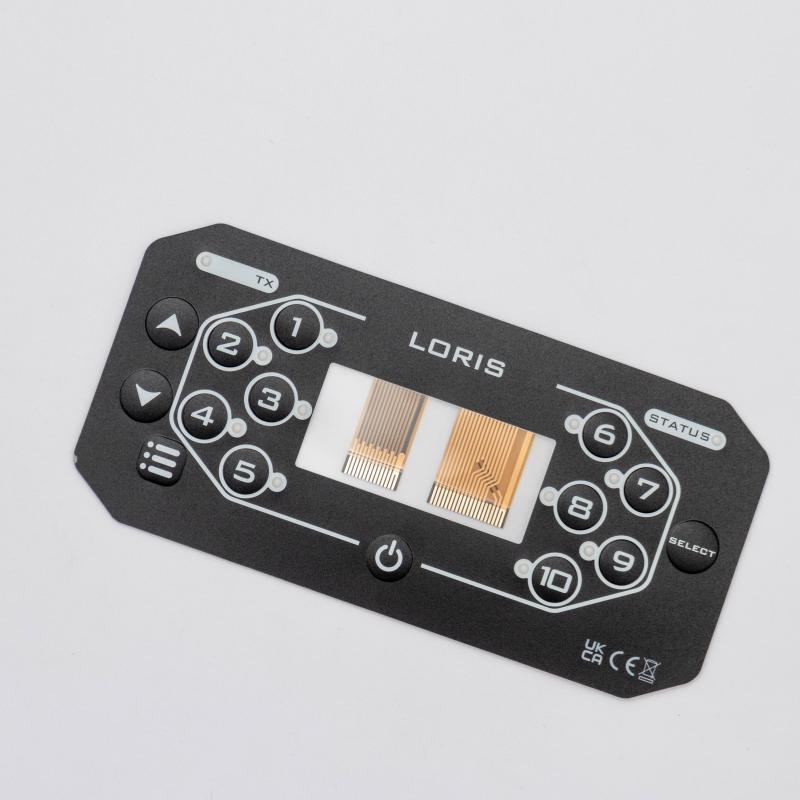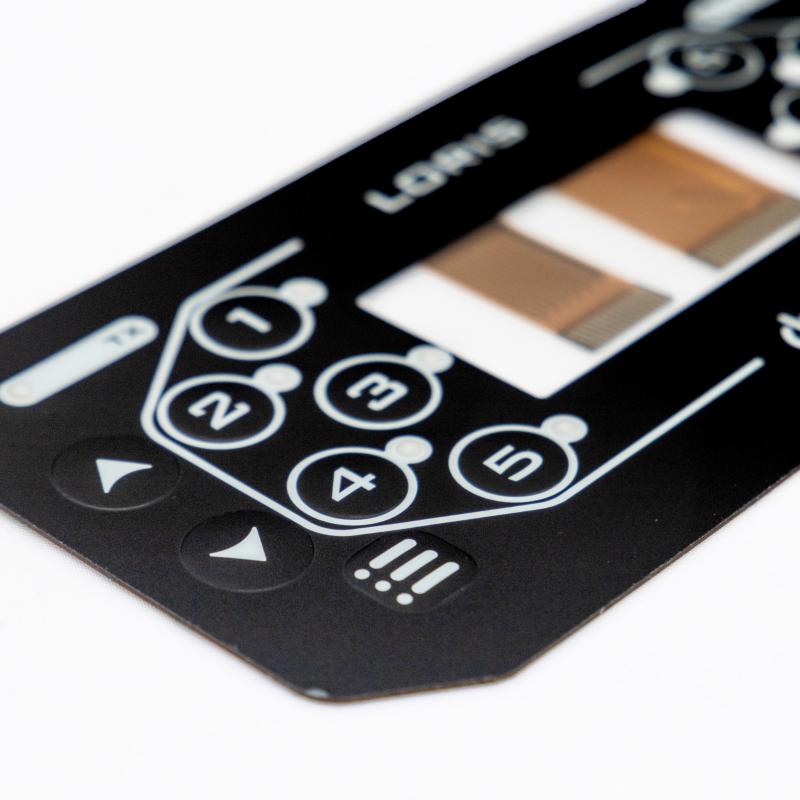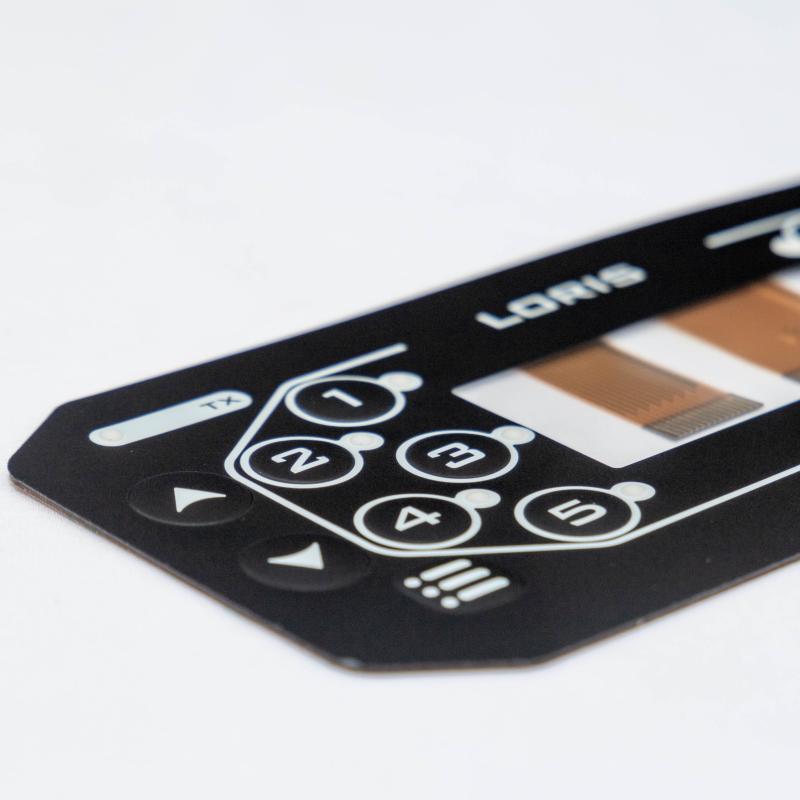Contact
Write to Us And We Would Be Happy to Advise You.
Do you have any questions, or would you like to speak directly with a representative?
By hqt
Membrane switches are an essential component of many industrial and consumer products, providing a reliable and user-friendly input solution. However, designing a membrane switch that meets the specific needs and requirements of a given application can be a complex and challenging task. This guide provides an overview of the key factors to consider when designing a membrane switch, from materials and manufacturing techniques to user interface and aesthetics.



Before beginning the design process, it is important to understand the basic functionality of membrane switches. These switches consist of a flexible overlay that is attached to a circuit board, creating a switch that can be activated by pressing on the overlay. Membrane switches can be used in a variety of applications, including medical devices, control panels, and consumer electronics.
The materials and manufacturing techniques used in the production of membrane switches play a critical role in determining their performance and durability. Polyester and polycarbonate are common materials used in the production of membrane switches, offering excellent resistance to extreme temperatures and environments. Advanced production techniques, such as lamination and printing, are used to create precise and consistent switches that meet the unique needs of each customer.
The user interface and aesthetics of a membrane switch are important considerations, as they play a significant role in determining the overall user experience. The tactile feel of a membrane switch, for example, can have a significant impact on user comfort and satisfaction. Additionally, the design of the switch should be aesthetically pleasing and visually appealing, enhancing the overall look and feel of the product.
The circuit design and testing of a membrane switch are critical steps in the design process, as they ensure the switch functions as intended. It is important to work with a team of experienced professionals who have the knowledge and expertise to design and test the switch, ensuring that it meets the required specifications and standards.
Designing a membrane switch that meets the specific needs and requirements of a given application is a complex and challenging task. By considering the key factors, such as materials and manufacturing techniques, user interface and aesthetics, and circuit design and testing, businesses can ensure the production of high-performance membrane switches that meet their unique needs and requirements.
Do you have any questions, or would you like to speak directly with a representative?